 February 2021
I want all my senses engaged. Let me absorb the world's variety and uniqueness.
~Maya Angelou
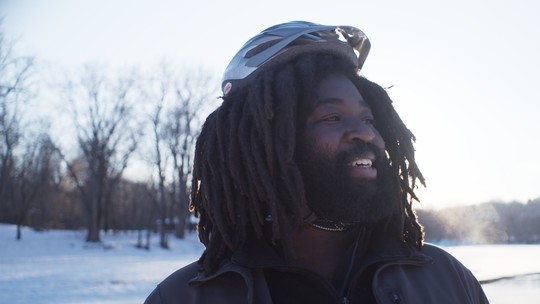
We are celebrating Black History Month by looking at past Black trailblazers and those making history now. Join us!
From a pioneering fur trader, the Civilian Conservation Corps service men and the first Black district conservationist in Winona County, to artists and leaders working on inclusion, we share the stories of some of those leaving their marks in the outdoor recreation world.
Let's keep studying, learning and listening about Black history makers, beyond this month.
Harriet Tubman, the Ultimate Outdoors Woman
Did you know that Harriet Tubman used her knowledge of the environment and wildlife to communicate, navigate and survive? An unsung naturalist, Tubman relied on her knowledge of astronomy to orient herself while traveling, used owl calls as a signal and drew upon what she knew about plants to forage for food and medicine.

 CCC camp in Cook County, MN. PHOTO: WTIP.org
The Civilian Conservation Corps (CCC) was a federal work relief program that put three million unemployed young men to work, building and restoring America’s natural resource infrastructure.
Even though CCC's founding language specifically prohibited discrimination, many argued that "segregation is not discrimination," and Indigenous and Black men were initially sent to segregated camps, supervised by white corpsmen.
The 10% enrollment cap set for African Americans, a reflection of the national population, did not account for their disproportionately worse economic situation compared to white applicants. When they were done with their service, Black corpsmen still faced challenges as they could not put to use the forestry and conservation skills learned. Desirable public lands jobs were either not open to Black men or would go to white applicants.
The more than 200,000 Black corpsmen of the CCC contributed greatly to conservation efforts and to the development of our nation’s public lands. Their work in Minnesota included tree planting, soil erosion projects along trout streams in southeast Minnesota, and the stonework by Temperance River State Park.
 Since the CCC existed during the era of Jim Crow segregation, many of the 150 Black CCC camps were built on remote federal lands, away from the public. In Minnesota, African Americans were sent to a segregated camp, Company 1728 (pictured) near Temperance River State Park. PHOTO: Minnesota Historical Society
Source and more info: "The African American Experience in the Civilian Conservation Corps," by Ashley McNeil, Hannah Traverse, The Corps Network blog.
Read "Civilian Conservation Corps, Racial Segregation, and the Building of the Angeles National Forest," by Daniel Medina.
More about Minnesota's CCC history, including firsthand accounts from corpsmen: “Hard Work and a Good Deal: The Civilian Conservation Corps in Minnesota” by Barbara W. Sommer.
The way people treat the land, a lot of the time, is the way they treat other people too.
~Charlie Loggins
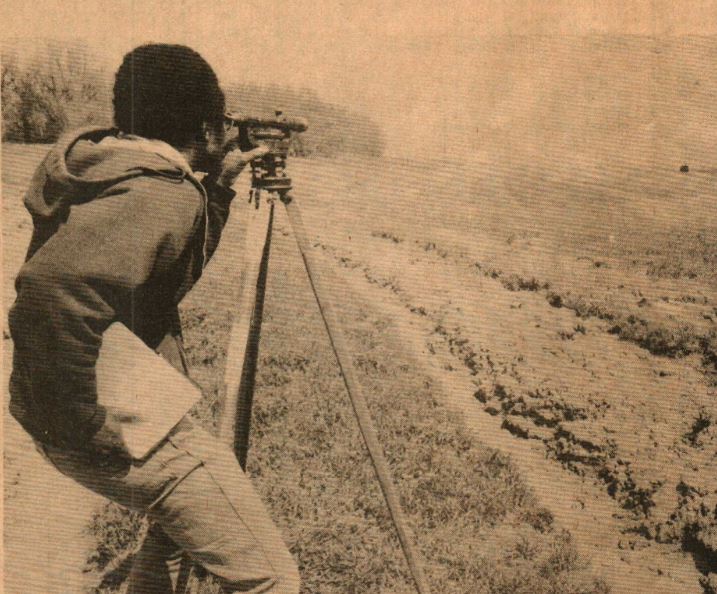 Loggins surveying a farm. PHOTO CREDIT: Winona Daily News. BELOW, photo from the Winona County Fair Hall of Fame.
Charlie Loggins was studying agricultural education at Alcorn State University when he was recruited along with 12 other students in his class to work for the Soil Conservation Service (SCS) as part of President Lyndon B. Johnson’s Great Society.
The Great Society consisted of a series of policies, legislation and programs intended to end poverty, reduce crime, abolish inequality and improve the environment. The initiative included recruitment of students from Black universities into federal agencies.
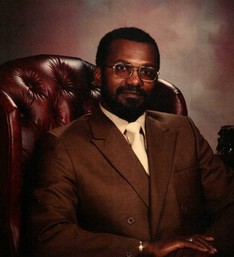
In 1974, Loggins became the district conservationist (DC) for Winona County, Minnesota, a position he held through 1987. He was the first Black DC in Minnesota, and the first person of color most of his stakeholders had ever met.
Because of the historic erosion and flooding problems in the Whitewater River valley, Loggins' work in Minnesota is an important part of the watershed history.
|
Loggins' Work
- Conservation plans and installment of erosion control structures in farms.
- River restoration efforts on Garvin Brook and the Whitewater River.
- Conservation field days for farmers to learn from one another.
- Wildlife conservation workshop, with participants and presenters from different states and countries.
Convincing farmers to incorporate conservation practices wasn't easy, admitted Loggins: “You work to get their confidence. People change their minds about things if they feel you have their best interests."
In his 40-year career in the Midwest, Charlie Loggins left a lasting conservation legacy. But he reminds us of the importance of those who paved the way before him and the commitment of agencies and stakeholders to protect natural resources.
Whitewater State Park Interpretive Naturalist, Sara Holger, interviewed Charlie Loggins as part of the state park’s oral history project.
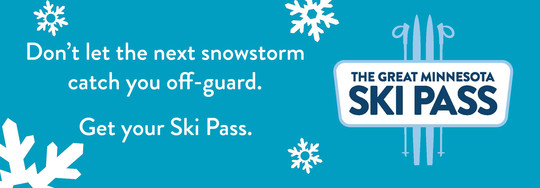

Oil on canvas, 1862
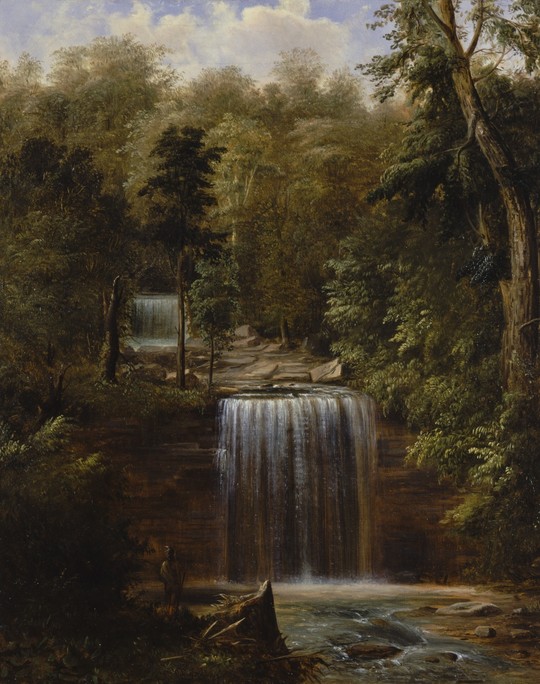 This painting is currently on display at the Cincinnati Art Museum. Another painting of Minneopa Falls by Duncanson can be seen at the Milwaukee Art Museum.
Robert Seldon Duncanson (1821 – 1872) was an American landscapist of European and African ancestry. As a free Black man in antebellum America, Duncanson engaged the abolitionist community in America and England to support and promote his work. Duncanson is considered the first internationally known African American artist.
The inaugural painting presented to President Joe Biden and First Lady Jill Biden in January is "Landscape with Rainbow" by Robert S. Duncanson.
More from Smithsonian Magazine
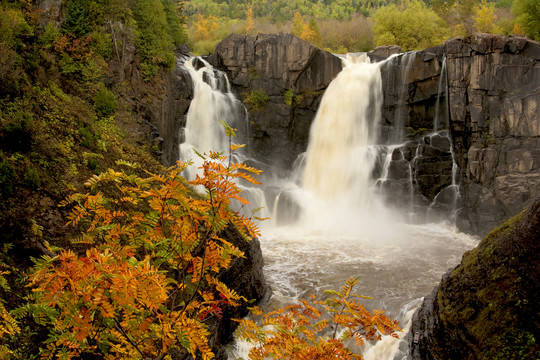 Dudley Edmondson is an author, public speaker, photographer and filmmaker whose passion is nature and getting people of color outdoors. Edmondson's photography career spans nearly three decades. His work has been featured in galleries and in nearly 100 publications around the world.
More from Minnesota Conservation Volunteer magazine
 The faces and stories of our visitors and staff.
Mahmud Kanyare founded Youth and Family Circle (YFC) in 2010, after being inspired by a sixth-grade field trip to Sibley State Park. As a recent immigrant from Somalia, he had never experienced a lake before. Kanyare now shares this experience with immigrant youth through outdoor summer camps at Minnesota state parks.
On top of summer camps, YFC offers college tours, educational events and seminars, support groups, mentorship, and community engagement events. The focus is on serving newer immigrants, mainly from East Africa.

In Kanyare's Words
"It is imperative to get out of the typical day-to-day environment. Many of our students are from the inner-city and do not have access to parks, trails and open spaces. A trip to a park can bring tranquility and rest from the everyday business of life.
"Additionally, because we have respect for creation, the earth and all its creatures, we will value the earth because it is our home. The earth is consistently giving to us, and we are taking and taking without giving back. We need to reconnect to nature and earth because we have been disconnected. People who are very connected with nature are more likely more caring and loving.
"It is incredible to allow underserved youth and families to swim, hike, paddleboat, canoe and spend time with other families to improve mental health and overall well-being."
|
 Summertime at Whitewater State Park. PHOTO: Youth and Family Circle


Outdoor Afro is the nation’s leading, cutting-edge network that celebrates and inspires Black connections and leadership in nature. A national organization with leadership networks around the country, Outdoor Afro’s 82 volunteer leaders connect thousands of Black people in 42 cities to outdoor experiences while actively engaging in the stewardship of our land, waterways and wildlife.
Get to know your local Outdoor Afro Leaders, Stephen Scott and Alora Jones, by connecting with Outdoor Afro-Minnesota on Facebook and Meetup.
|
Outdoor Afro creates an experience in nature with people that look like you.
~Stephen Scott
 "If it's outside, best believe I am game to try at least once. Some of my favorite activities here in Minnesota are canoeing, hiking, standup paddleboarding, swimming in lakes, Nordic skiing the many trails and frozen lakes of the Twin Cities and so much more.
"I love the outdoors not only for the recreational activities but for the mindfulness associated with it. Camping in the Boundary Waters Canoe Area Wilderness (BWCAW) allows time to disconnect digitally and ground yourself in the here and now. Hiking and Nordic skiing allow for great fitness opportunities immersed in silence, forest and snow. Minnesota outdoors presents a plethora of options for reenergizing in nature.
"As one of two Outdoor Afro volunteer leaders in the Twin Cities, I really like being able to help others find their joy in the outdoors. Outdoor Afro creates an experience in nature with people that look like you."
Favorite Minnesota State Parks:
"I really like Fort Snelling (the park between two cities), Afton and Lake Maria State Parks. I had my first winter camping and cross-country skiing experiences at Lake Maria."
Pro Tip:
"Please take the opportunity to get out and explore your backyard. Find the excitement and feeling from your nearby park or trail and give up the envy of digital adventures. Maximize the time you have to be your own adventurer!"
|